Curepipe Curepipe is by far one of the most densely populated areas within Central Mauritius, and...
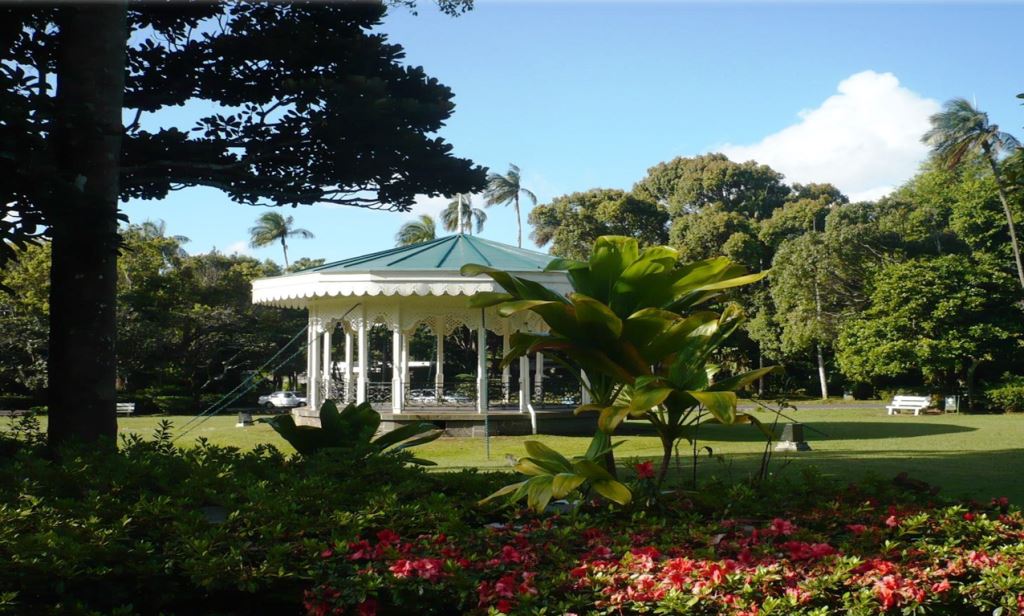

Curepipe Curepipe is by far one of the most densely populated areas within Central Mauritius, and...
Features information that is relevant to travellers who are thinking about and actively planning a visit to Mauritus.
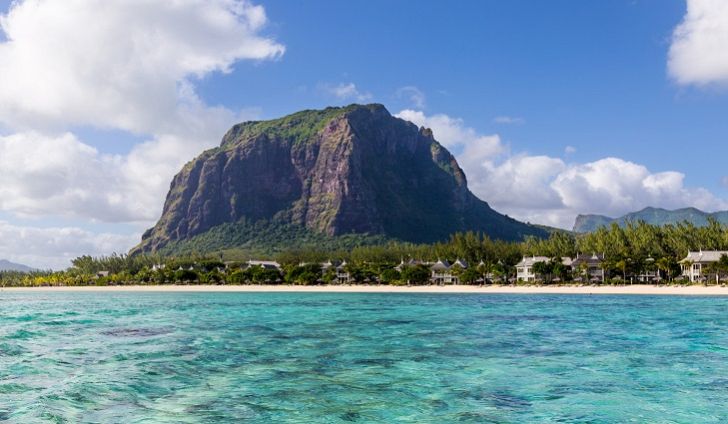
Le Morne Brabant is a peninsula at the extreme southwestern tip of the Indian Ocean island of Mauritius on the western side of the island. Le Morne is a site of an extent of 480 hectares comprising private properties, State Land and mountain reserves.
There is an eponymous basaltic monolith with a summit 556 metres above sea level. This summit covers an area of over 30 acres.
In 2008, UNESCO inscribed the site on the World Heritage List.
Le Morne was used as a shelter by runaway slaves, maroons, through the 18th and early years of the 19th centuries. The slaves came from the African mainland, Madagascar, India, and South-east Asia.The escaped slaves formed small settlements in the caves and on the summit of Le Morne protected by the mountain’s wooded and almost inaccessible cliffs. The oral traditions have made Le Morne a symbol of the slaves’ fight for freedom, their suffering, and their sacrifice. Le Morne came to be known as the “Maroon republic” because of the large number of escaped slaves who lived on Le Morne Mountain.
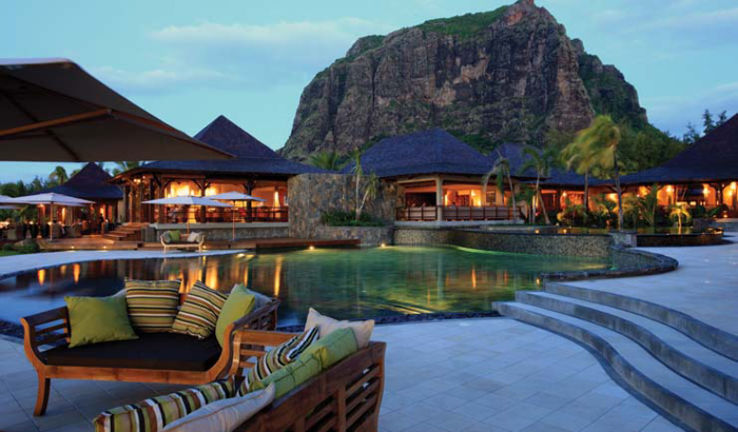
The punishment for escaping from slavery was very harsh and it included whipping, torture and even death until the British passed the Slavery Abolition Act in 1834.
Nature lovers should try Le Morne Brabant’s impressive 3.5 kms hiking trail for having a more immersive experience in the area’s exoticism. You will walk through luxuriant green vegetation consisting of gigantic endemic trees as well as smaller exotic plants. The hike can last between three to four hours, where you will be guided by professionals. As you hike your way to the top, you will find a gigantic, basalt rock peak dotted with caves which once harbored runaway slaves.
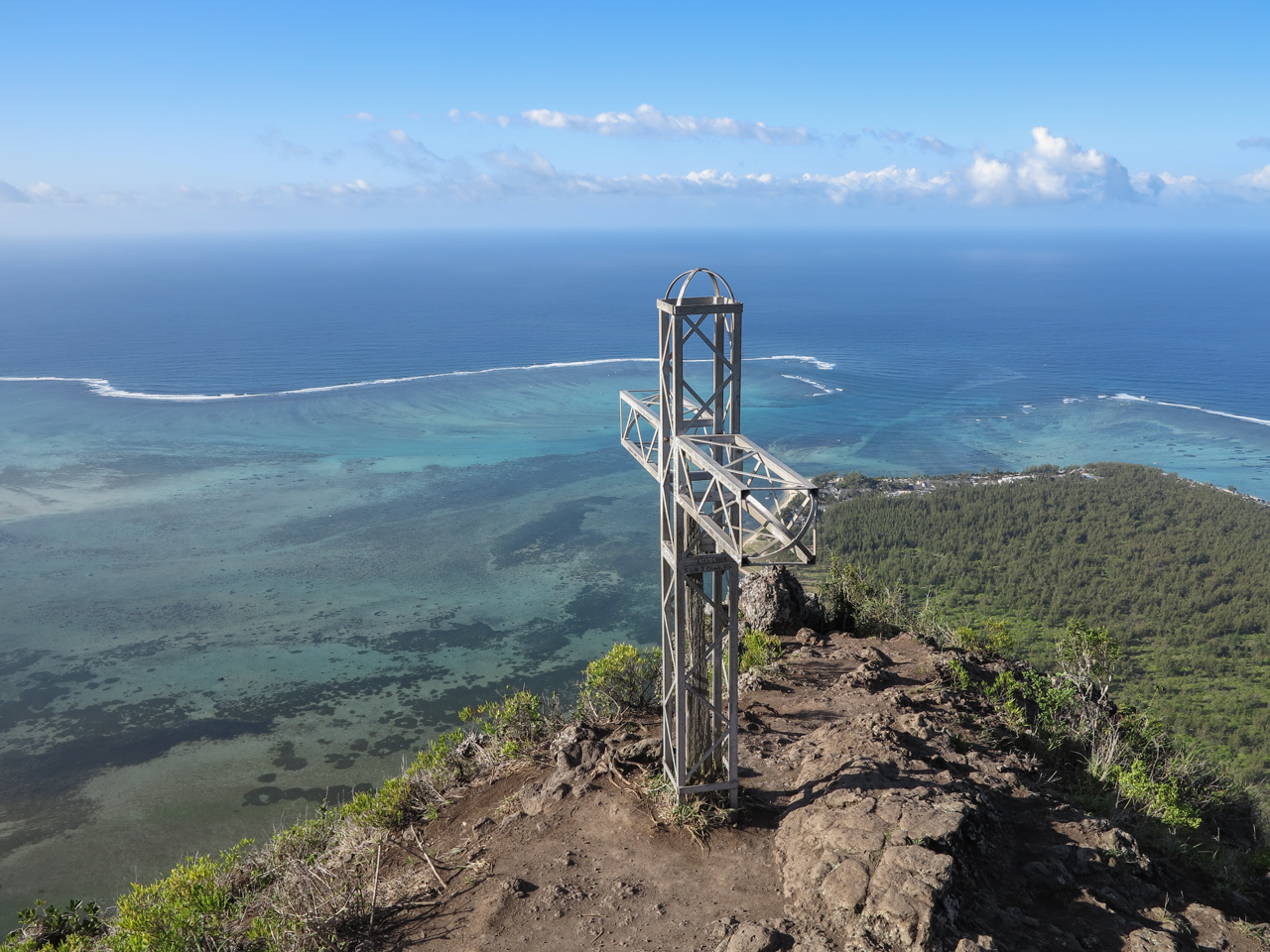
At the top there is a huge metal cross which marks the highest accessible point. From there you will get a truly breathtaking view over the Indian Ocean and Mauritius’ beautiful southern region.
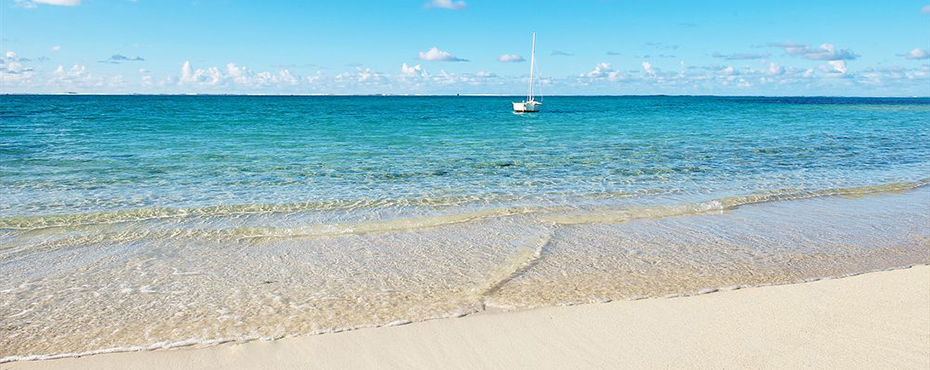
The beach of La Cambuse is a beautiful beach in the southeast coast of Mauritius. The white sandy beach is surrounded by greenery along the turquoise sea. The sea is generally rough with strong currents and therefore swimming is not recommended. However if you want to swim go to the right end of the beach and you will find an area where the water is surrounded by rocks that seems fit for a swim.
The best time to visit the beach of La Cambuse is early in the morning from 9:00 to 11:00 or in the afternoon from 13:00 to 16:00. It is within a couple of miles from the SRR International Airport. The beach is not crowded because it is not very frequently visited by the local people or even by the travellers and you can enjoy a peaceful vacation there. Mountain biking or standard electric biking is perfect for La Cambuse as it enables one to take the small paths that are otherwise inaccessible.
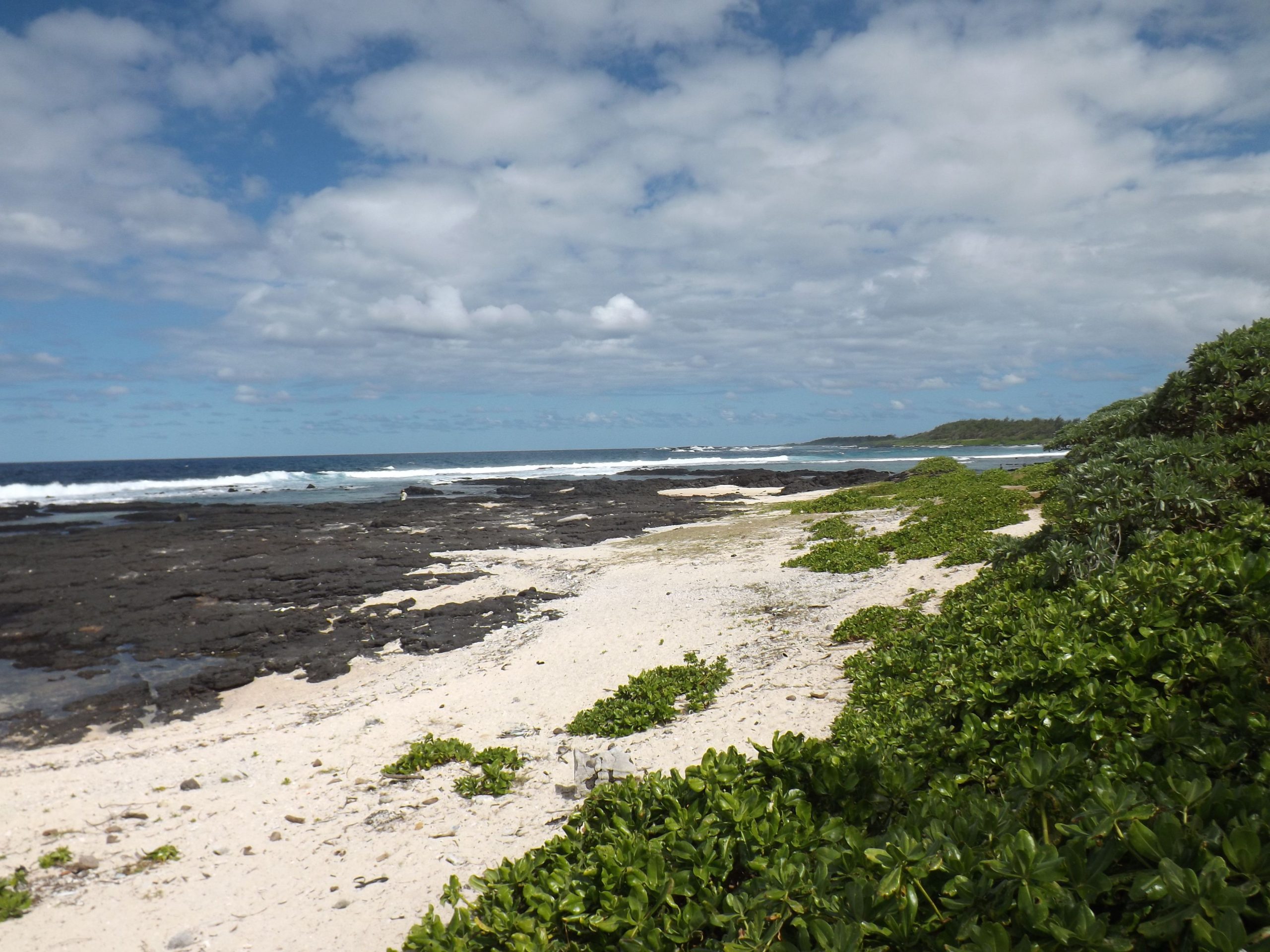
Blue Bay Beach Apartment has two large bedrooms with attached bathrooms.
Le Jardin De Frangipane has only one bedroom and a bathroom. The bedroom is small and can accommodate only 2 people.
Villa Bella has one luxurious bedroom with an attached bath which can accommodate only 2 persons.
Studio LE FILAOS is a quiet place with self catering facilities such as kitchen, refrigerator and electrical appliances. The bungalow is fully air-conditioned. The room has two single beds and an attached bathroom.
Shona Apartments is luxurious with three large bedrooms, a fully equipped kitchen and also a large living room.
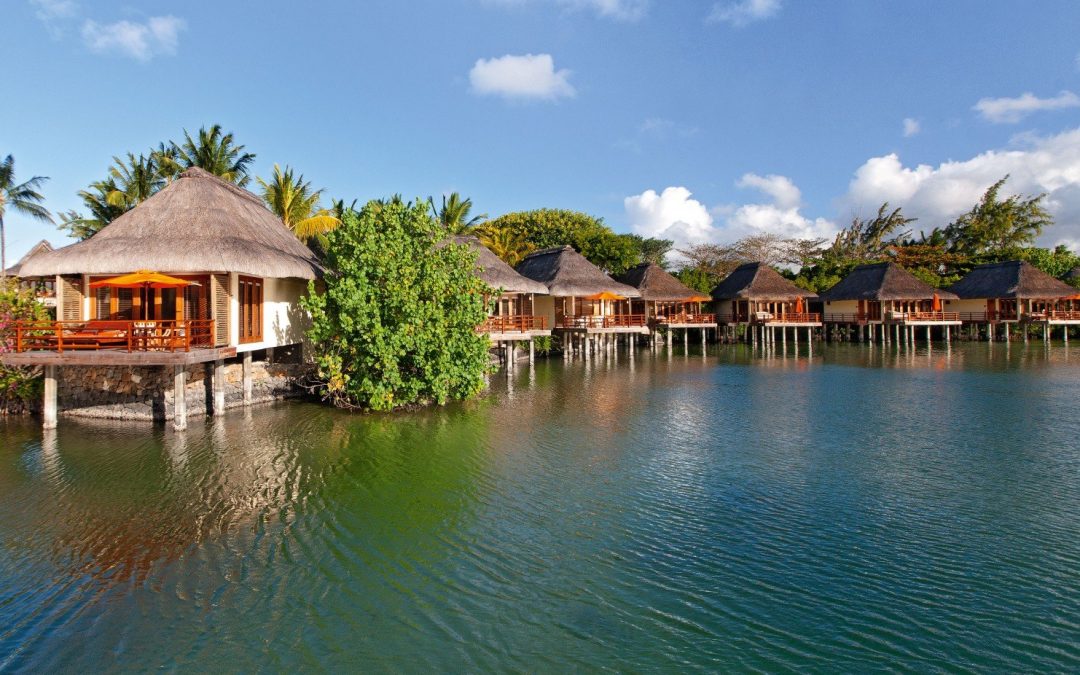
Flacq is a district of Mauritius, situated in the east of the island. It is the largest district, having an area of 297.9 km².
Trou d’Eau Douce is a small village in this district, from where visitors take boats for tours on Île aux Cerfs island. Belle Mare is an important beach which attracts a lot of Mauritians and tourists. All kinds of water sports are available here.
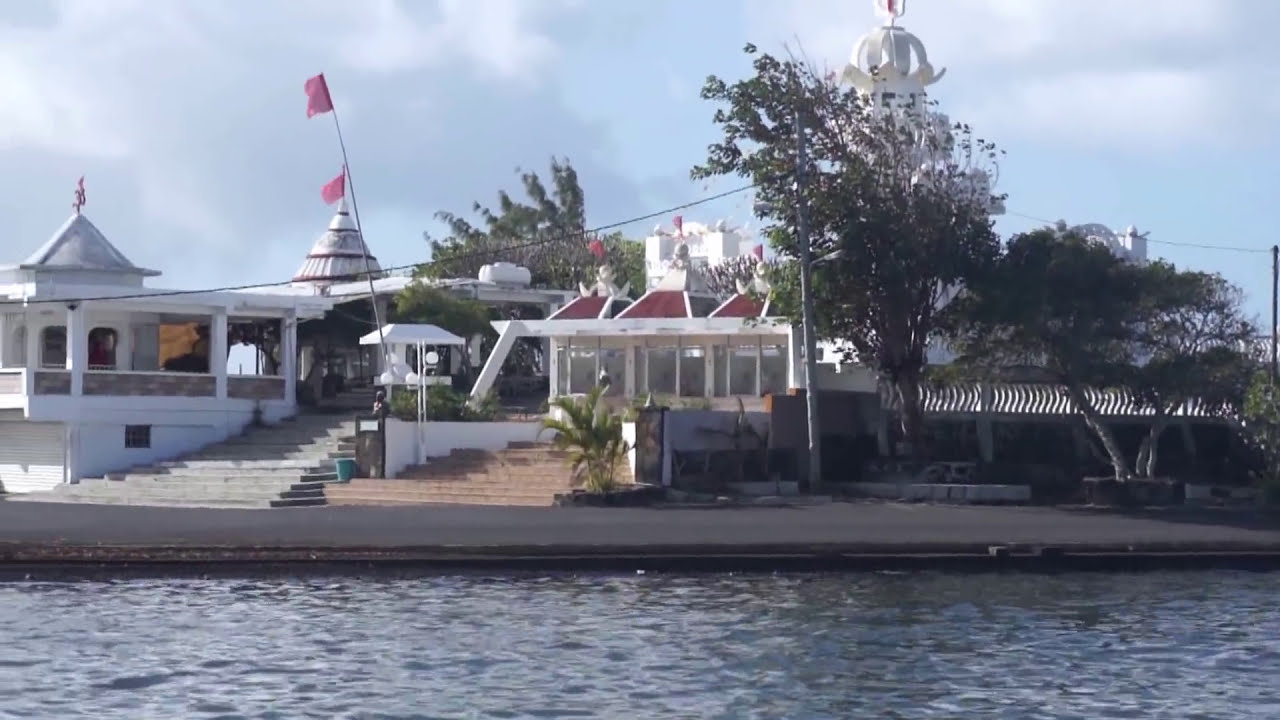
Activities
Several cruises and tour trips are available from Poste de Flacq. In The downtown area there are museums, boutiques and excellent restaurants that serve Creole dishes as well as international cuisine. There are markets that offer juicy fruits, fresh farm vegetables to an array of handmade Mauritian products. You can rent a car and explore some fifteen cities and towns past the border.
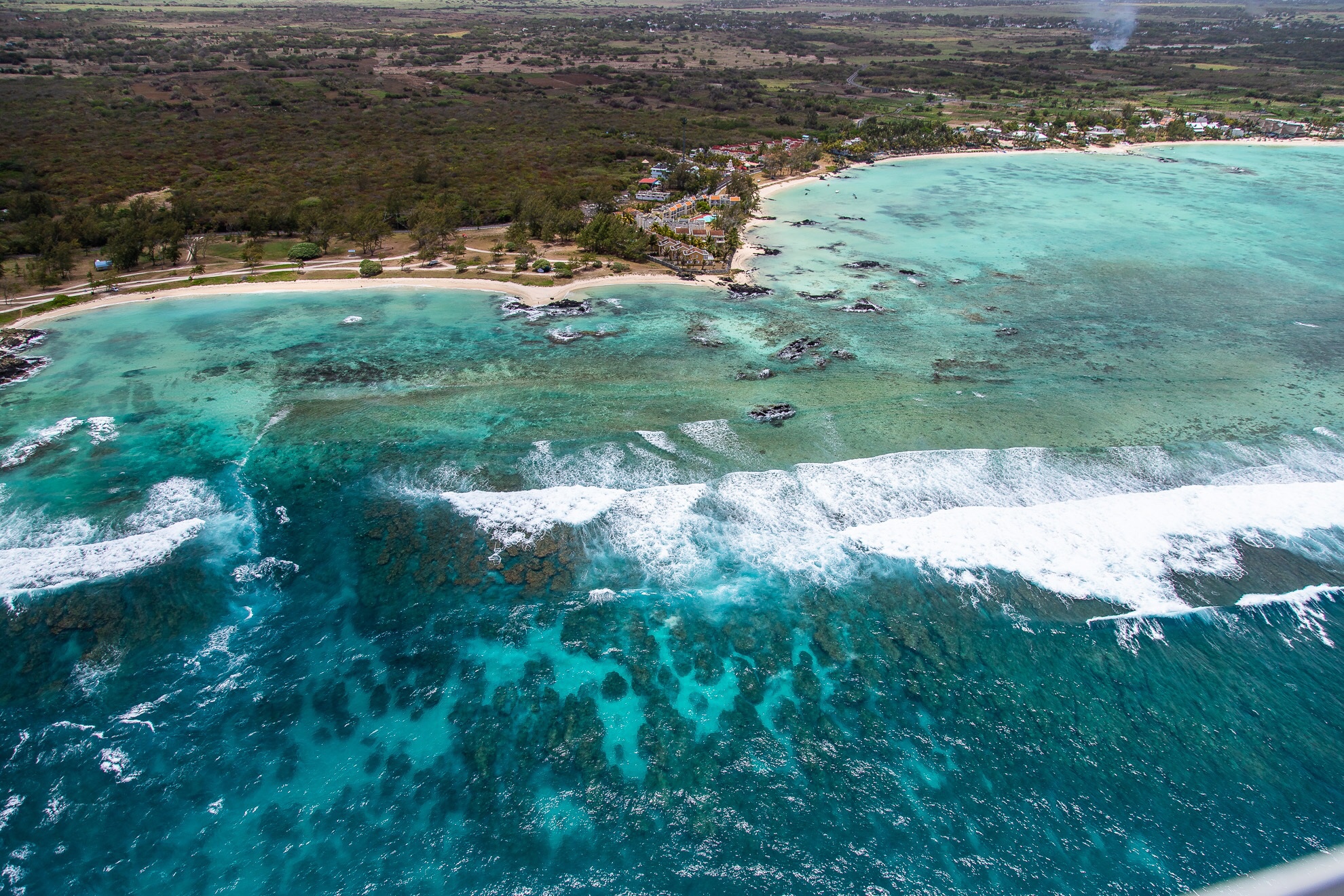
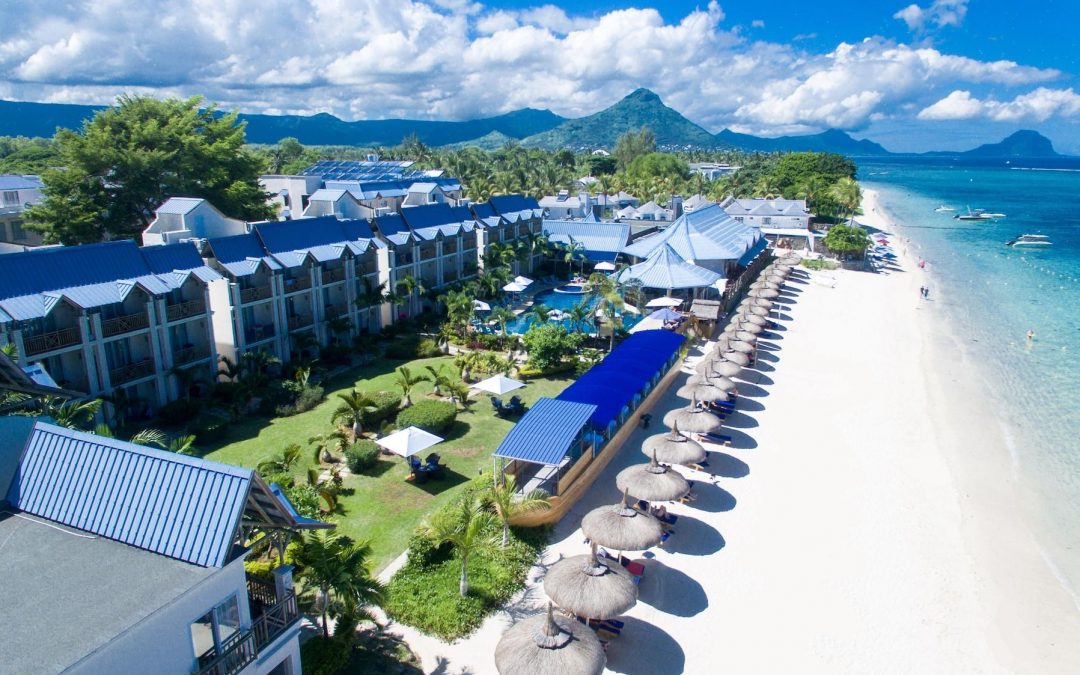
Flic-en-Flac is a seaside village on the west coast of Mauritius in the district of Black River. The name most likely comes from an Old Dutch phrase, “Fried Landt Flaak”, meaning free, flat land.
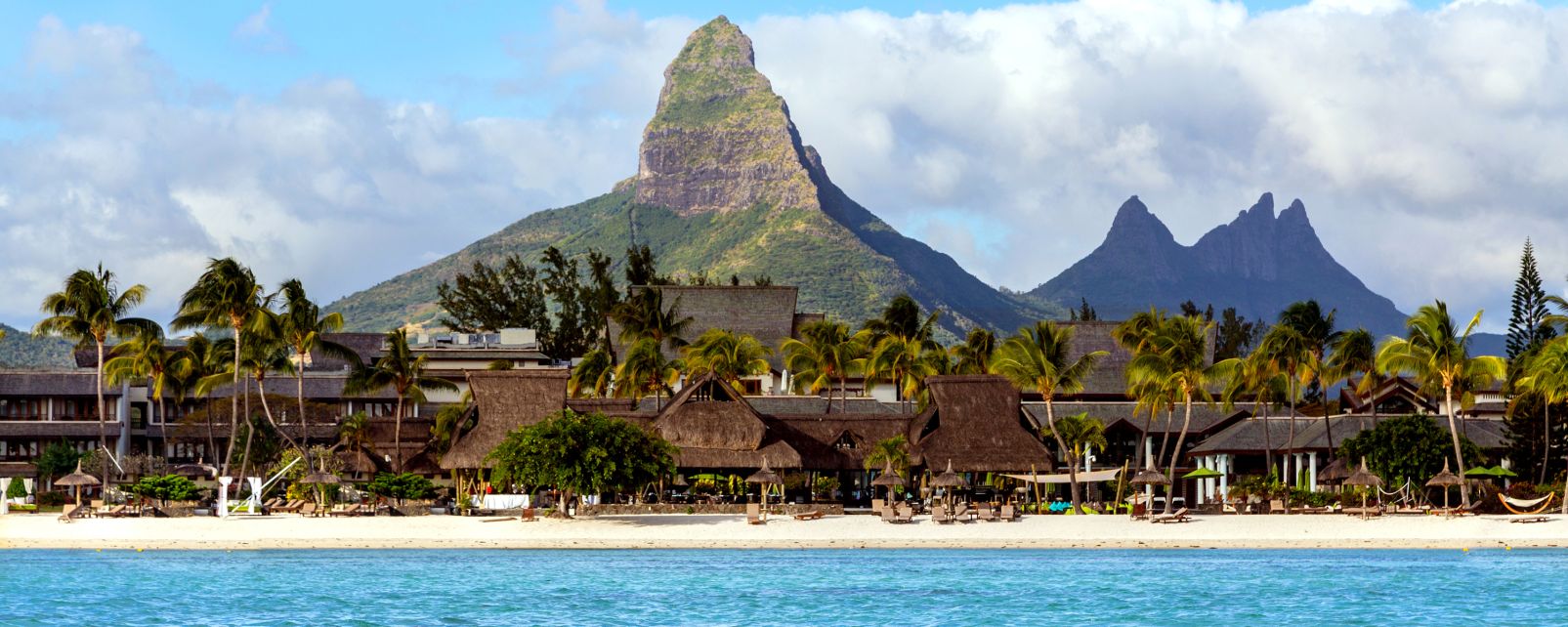
Flic-en-Flac is in a non-industrial part of Mauritius, with a coastline of about 13 kilometres. There are many luxury hotels, resorts, rental apartments, restaurants, bars, clubs and souvenir shops in this area. which attract about 500,000 tourists a year. Flic-en-Flac is lively both during day and night.
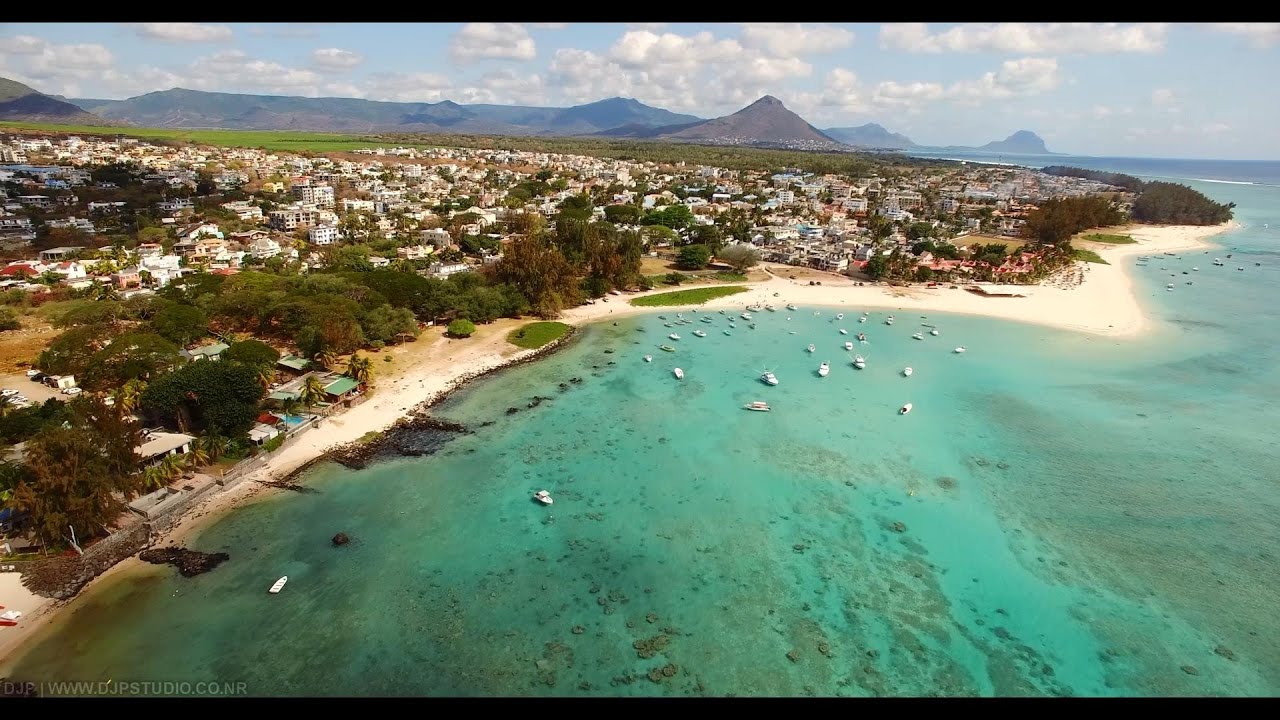
Weekend Activities
On the weekend, a lot of locals go to the beach to spend the day with their families and friends. Some of them will engage in water sports like swimming, snorkelling, diving etc. Some of them will sing and dance to the typical Sega music. They also enjoy delicious street food such as DhalPuri and fried noodles with Mauritian meatballs. DhalPuri is multi layered thin flat bread with some flavorful curry and sauces wrapped in.
Night Life
The nightlife is very vibrant as a lot of locals and tourists go out to the nightclubs and restaurants to enjoy the night and meet people.
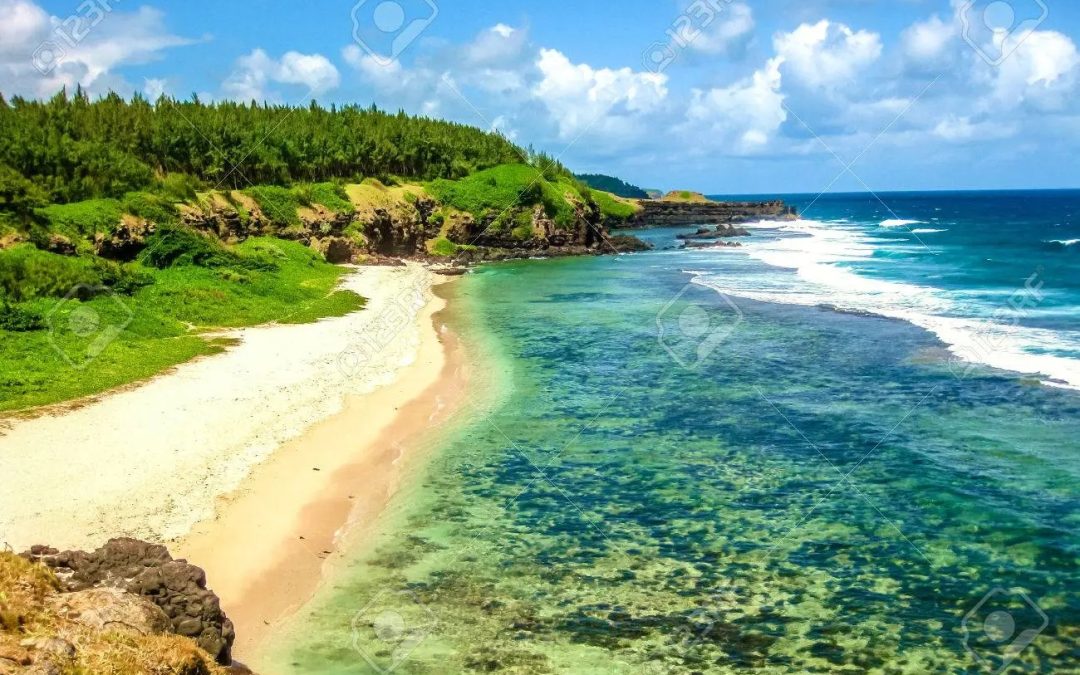
The Gris Gris beach is at the southernmost point of Mauritius. It is a few kilometers southeast of the village of Souillac, a historical village that dates back to the French colonial period. This little piece of beach does not have a coral reef, the big waves come breaking on the shore offering amazing views to the visitors. Swimming is strongly discouraged for hobbyists and professionals because of strong currents and huge waves that break on this part of the island make it totally impractical.
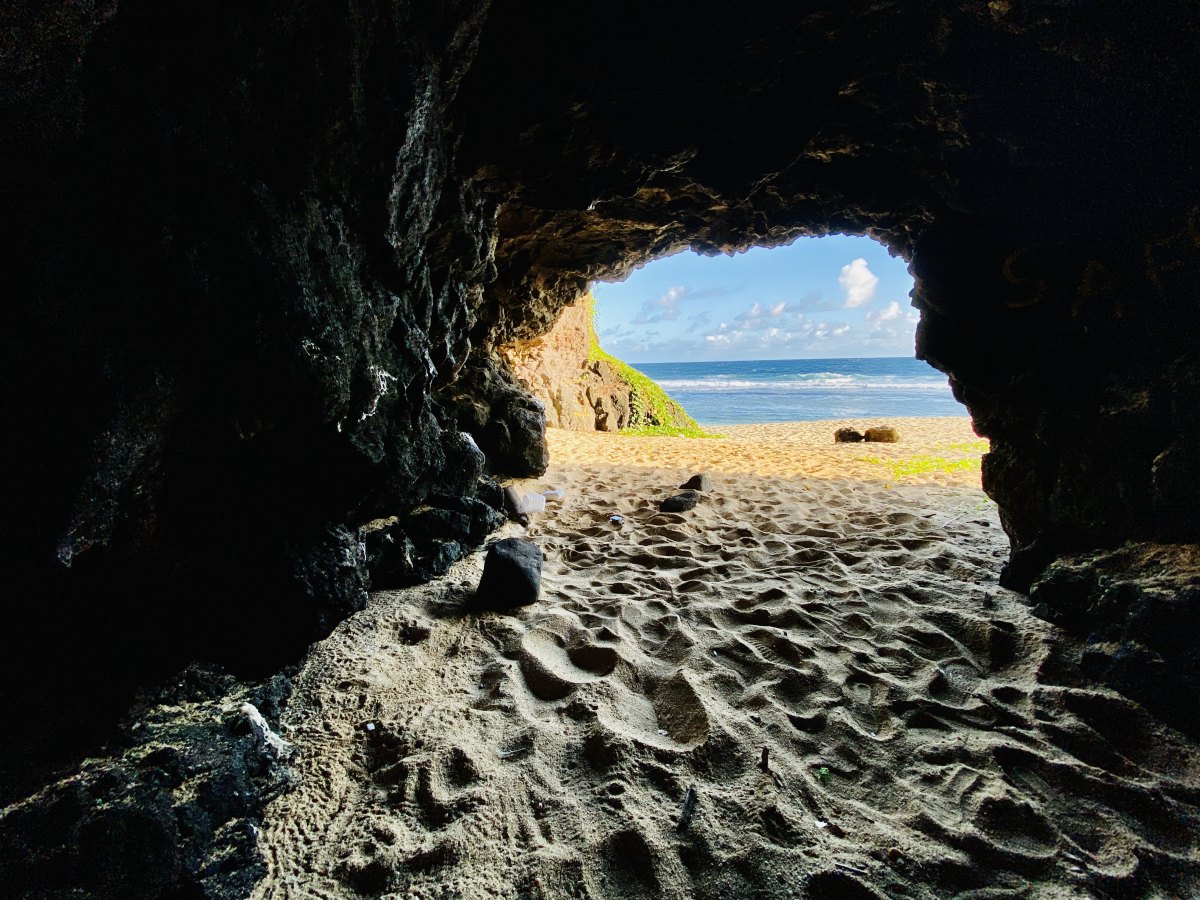
Gris Gris is well known for its sea cliffs and offers visitors a magnificent view from the top. At the southern end of Gris-Gris, you will have a great viewpoint on the cliffs and will see the crashing of waves against the flanks. There is a small garden offering many quiet spots for you to relax on one of the many benches, while having a view of the sea, waves and rock cliffs.
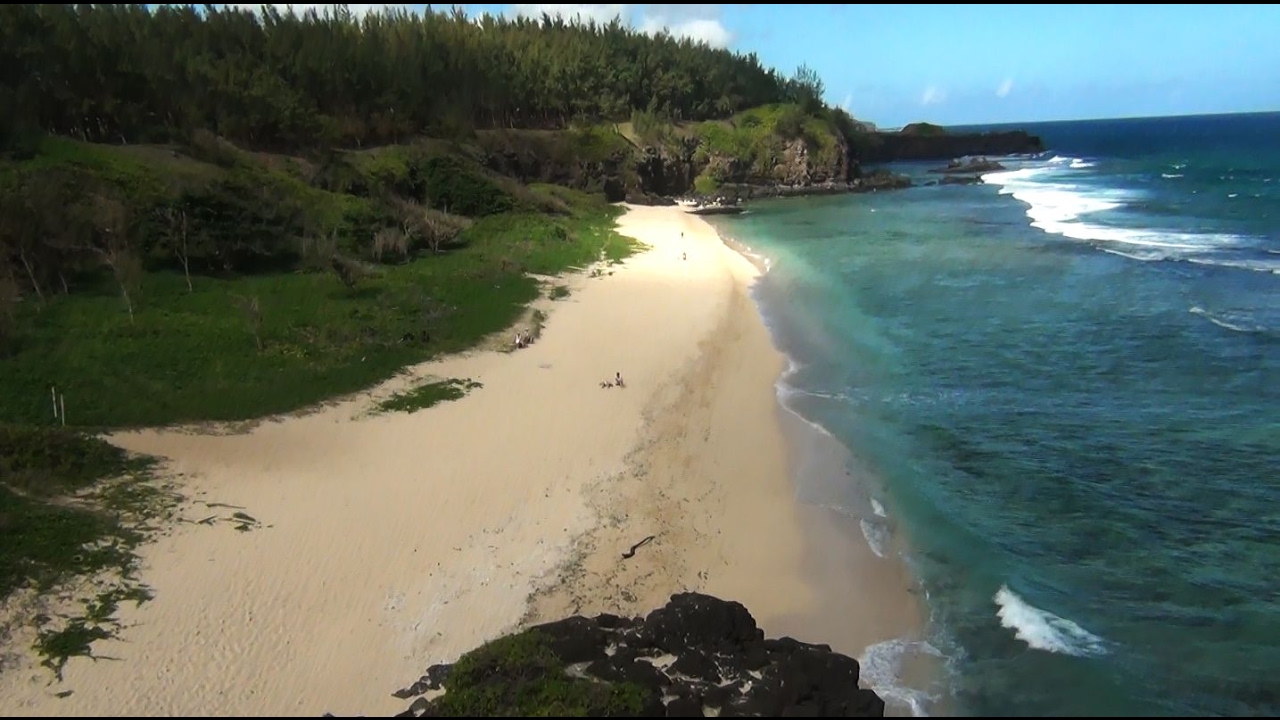
Further down the road from the Gris Gris Viewpoint is the ‘Roche qui Pleure’ (Weeping Rock). This is also another fantastic viewpoint where if you look at the rock from the right angle, it will appear as a face with tears constantly streaming down, as the waves continually crash. There you will have a perfect view of a large rock where the waves break with great violence, accompanied by a large thud.
Electric bikes and quad bikes are available for hire in this area. These are suitable for exploring the nearby areas on your own at a leisurely pace. Horse riding is also available if you are accustomed to horses.
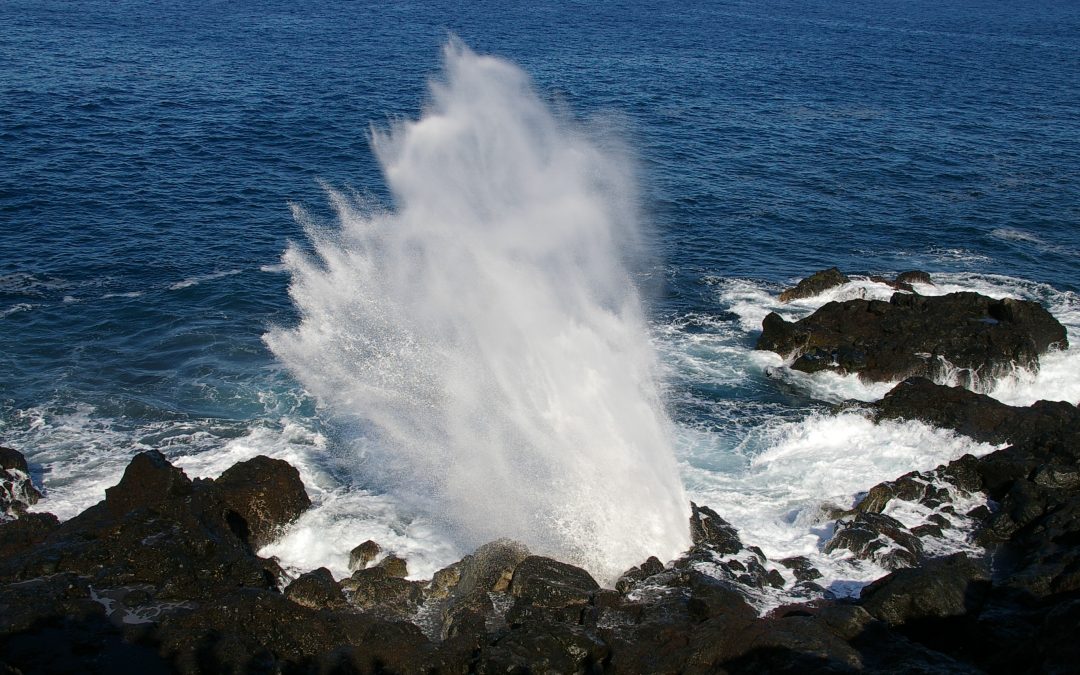
Le Souffleur is one of the most unique natural attractions in Mauritius. It is located between Blue Bay and Souillac. It is accessible through the village L’Escalier and due to the rugged terrain, it is highly recommended to access Le Souffleur with a four wheel drive.
There is an impressive cliff from where you will be able to get a spectacular view of the Indian Ocean crashing against the lava rocks of the cliff. When the waves crash against the cliff with sufficient force, water entering the small holes in the cliff will make a ‘whistling’ sound. On a day when the ocean is very rough, you might even witness the spectacular blowhole effect.
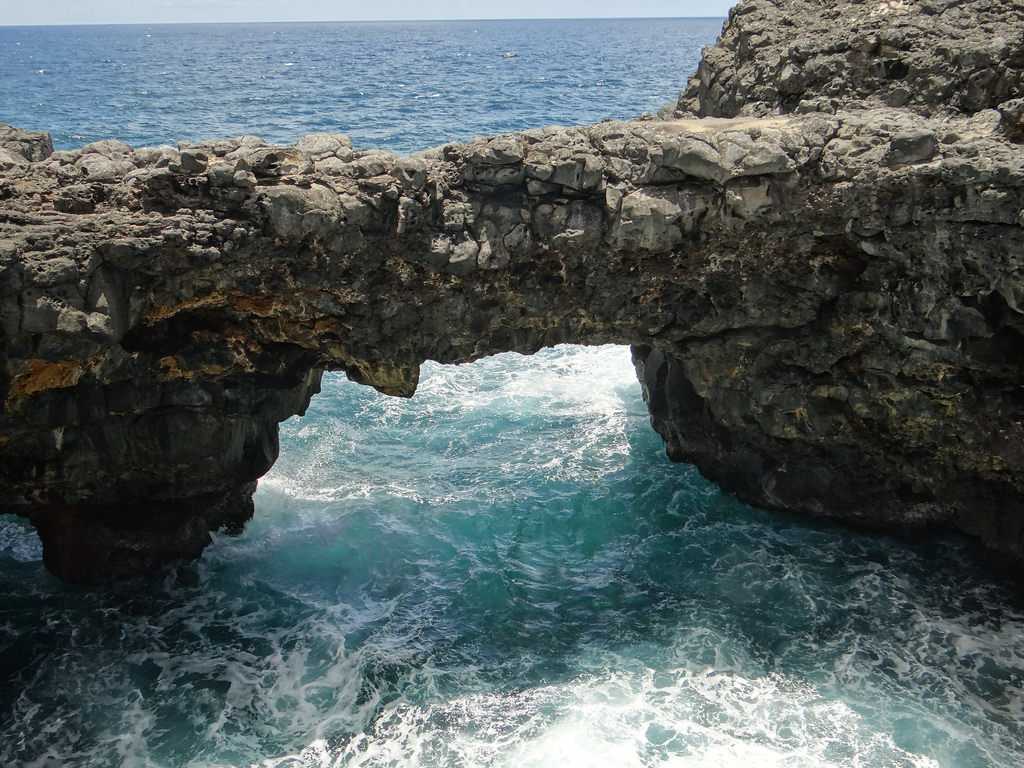
Pont Naturel, a naturally formed bridge, is not far from Le Souffleur, and you may want to include it in your itinerary. Pont Natural is famous because it is a natural bridge formed by the powerful waves crashing against the rocks that once stood as a wall and created a bridge. The bridge is supported by hanging cliffs on the left and right and offers spectacular views.
You can cross the bridge but caution is advised as it is a bridge fully formed by rocks only hence it is very rugged. You may also be splashed by the incoming waves. Make sure to wear good hiking shoes as the rocks are very sharp in this area. Swimming and any other water activities is not advised due to the rough sea.
At Pont Naturel there are a couple of stalls selling food and fresh fruits.
Going downwards to the right of Le Souffleur you will find two more natural bridges. From there you can go to the beautiful golden sand beach of Savinia which is, by far, the most uncrowded beach in Mauritius.
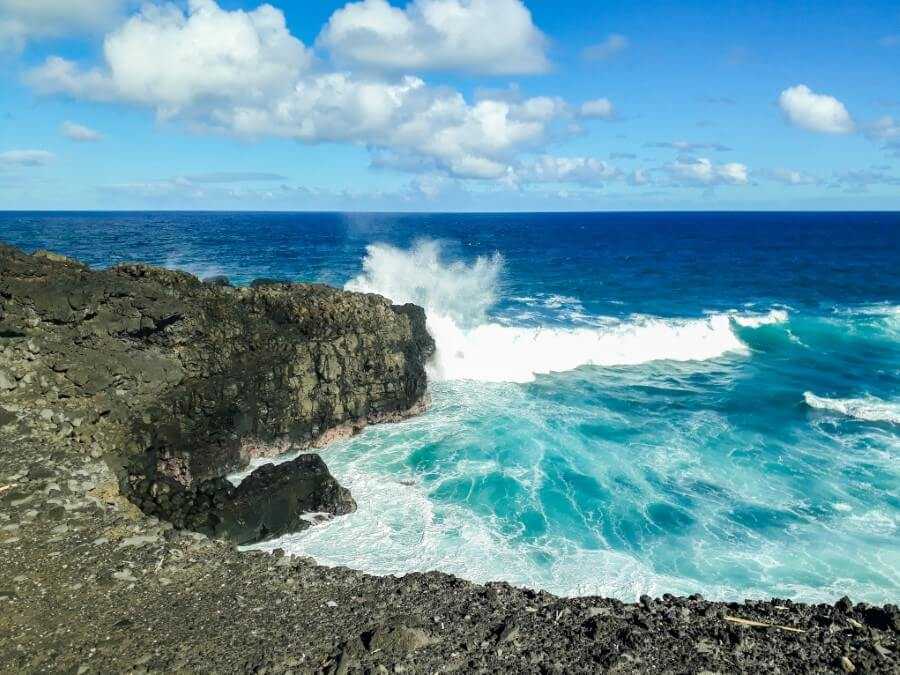
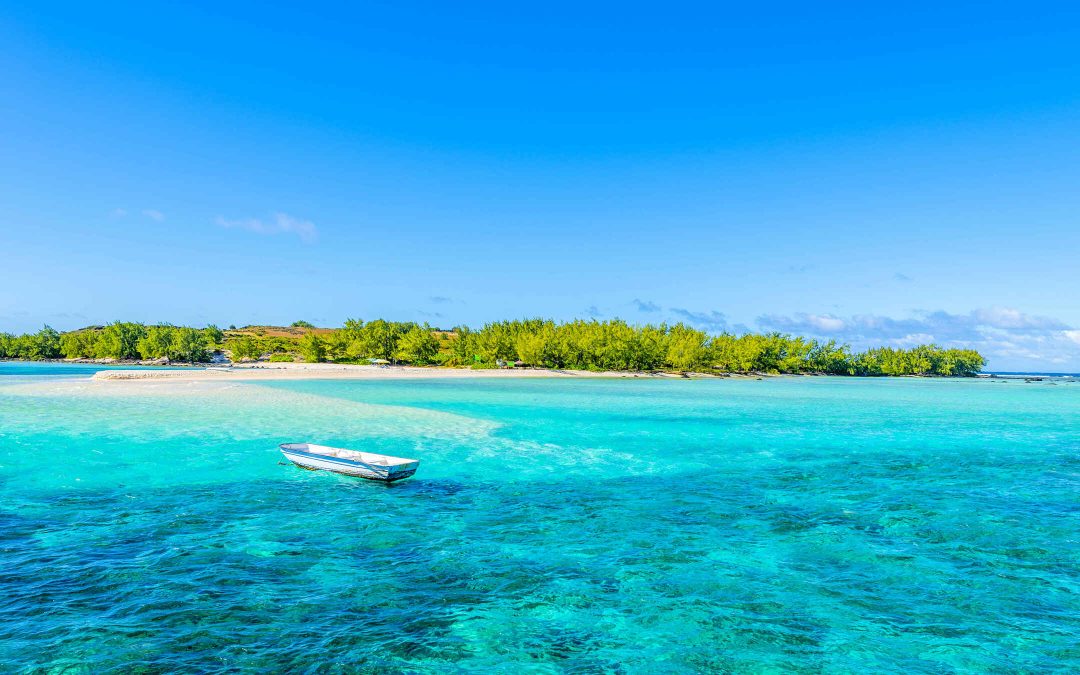
Le Plate Island is also known as Île Plate and Flat Island. The island is located 11 kilometres north of Cap Malheureux, the main island’s northernmost point. It is part of the administrative area of Rivière du Rempart District. The small nature reserve of Coin de Mire lies between the two islands, Îlot Gabriel and Pigeon Rock.It covers an area of 2.53 square kilometres. The area is in danger of possible submersion due to the historical rise in the sea-level
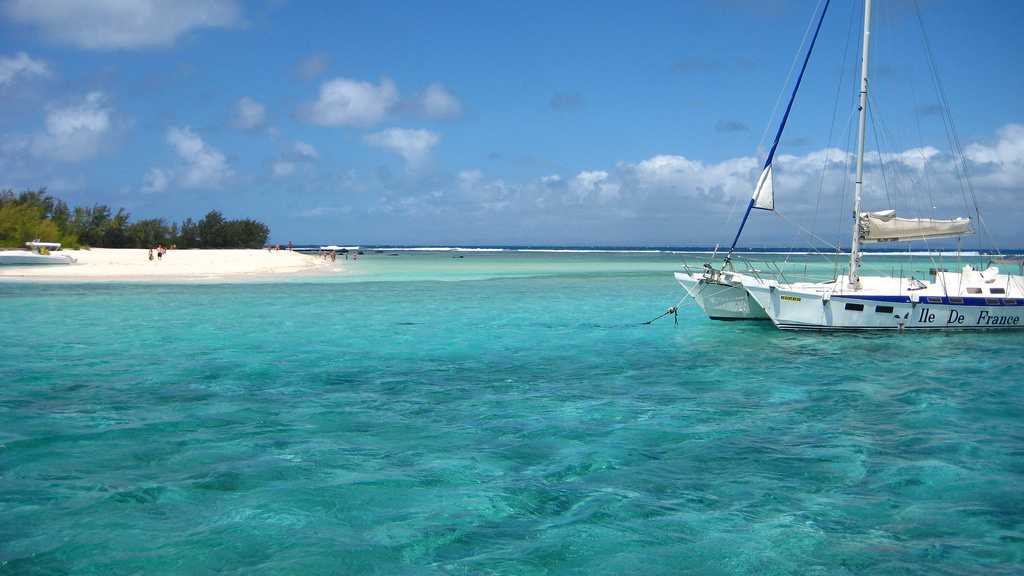
Le Plate Island is uninhabited, though there is a small army base on the island. This the largest islet of Mauritius with an extent of 253 hectares.
Historical significance of Flat Island is that it served as a quarantine station from the mid-19th century to the 1930s. It was reserved for immigrants to Mauritius, mostly indentured labourers, undergoing quarantine for cholera, although it was sometimes used during other epidemic outbreaks such as smallpox and malaria.
Infrastructure built between 1856 and 1870 consisted of stone and wooden buildings comprising living quarters and offices for medical, police, and immigration officials.Kitchens, stores, toilets, privies, two hospitals, and a distillation plant used for water supply were also constructed. Many of these structures are still preserved.
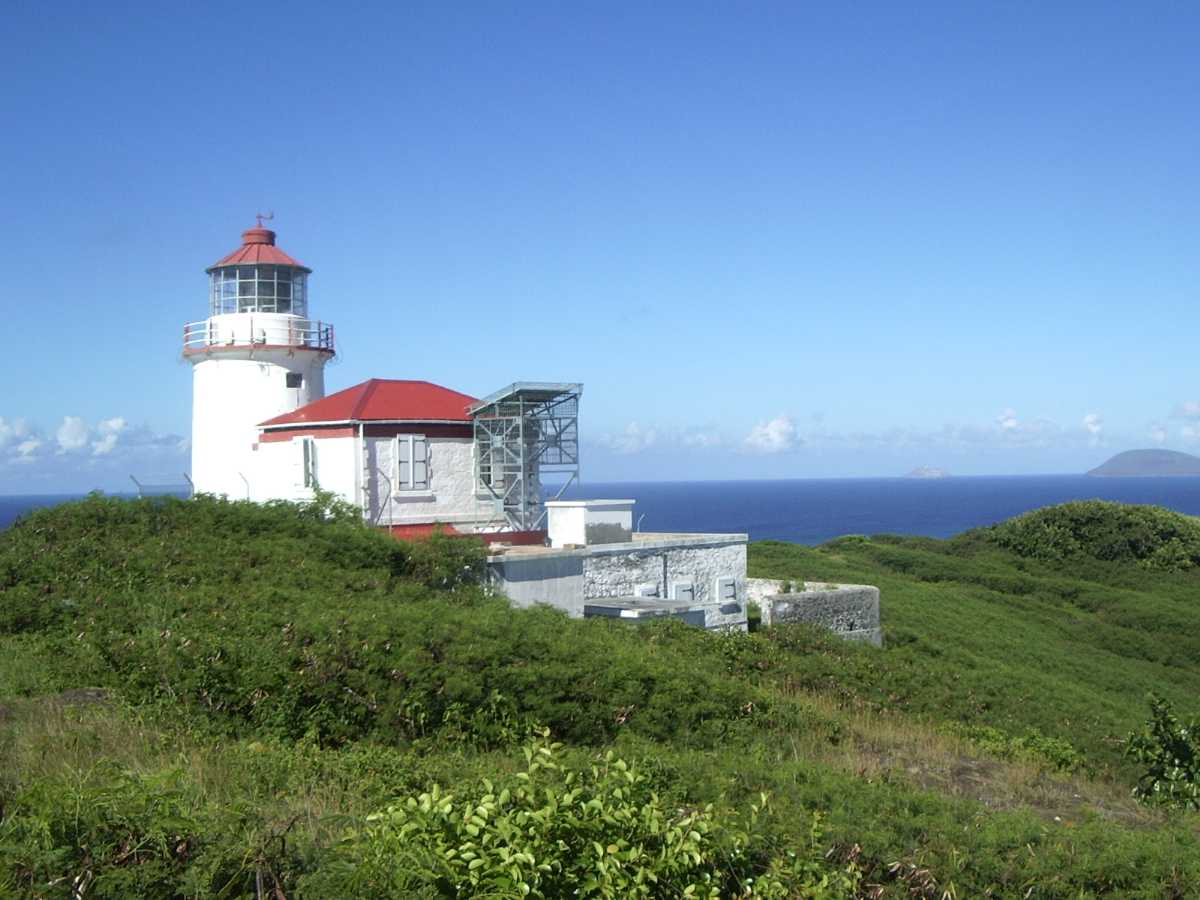
A lighthouse, built in 1855, on the southwest side of the island is still operational.
Le Plate Island is a popular venue for snorkellers, and access to the island is possible via chartered yacht and catamaran. Pigeon Rock harbors an internationally famous dive site called The Shark Pit where divers can witness sharks swirling within the pit for the rich oxygen available due to the crashing waves against the cliffs of Pigeon Rock. The place is popular among tourists as well as locals.
Nearest hotels and restaurants are found only in Cap Malheureux. Breakfast and lunch is served in the catamaran.